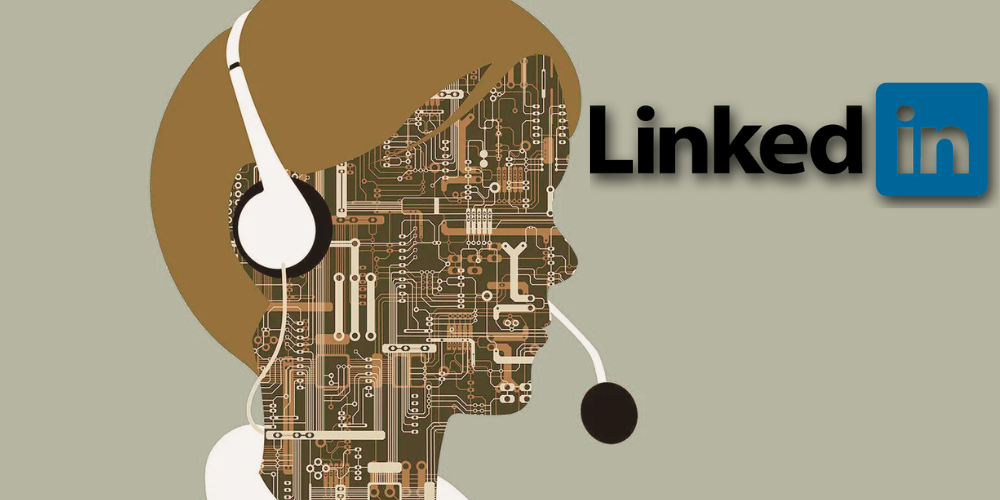
LinkedIn, a Microsoft-owned professional networking platform, is spearheading new ways to incorporate generative AI into its app. The latest development in this domain involves the introduction of an AI assistant for LinkedIn's InMail feature. The new inbox assistant aims to provide quick and accurate answers to users' questions, making conversations more efficient and better informed.
Visible in a recently shared screenshot by app researcher Nima Owji, the AI assistant will be accessible via a dedicated icon within the user interface. The generative AI assistant is designed to streamline various tasks, such as researching key points, correcting spelling errors, and suggesting conversation topics. The inclusion of an AI assistant builds upon Microsoft's partnership with OpenAI, which has already led to the integration of ChatGPT-like tools in LinkedIn's profile summaries, job descriptions, and post-creation prompts.
Last month, LinkedIn introduced generative AI messaging for job candidates in its Recruiter platform, further expanding the use of AI-powered features within its app. The latest move takes LinkedIn one step closer to realizing the full potential of an inbox assistant tool, which was first previewed back in 2016. Named 'InBot,' the original tool, fueled by Microsoft's AI capabilities, was intended to seamlessly integrate with users' calendars, automating scheduling processes and facilitating communication.
However, the initial version of InBot never made it to the market, as LinkedIn shifted focus away from the short-lived messaging bot trend. The concept, however, highlights the company's long-standing interest in merging Microsoft's AI capabilities with LinkedIn's functionality. With technological leaps in AI since the original InBot announcement, it seems that a more advanced and versatile AI inbox assistant may soon become a reality, offering a plethora of features to aid users in maximizing their networking efforts.
In conclusion, LinkedIn's experimentation with an AI assistant for InMails is indicative of the platform's commitment to enhancing the user experience by leveraging the latest in AI technology. While the introduction of more AI tools could potentially dilute the "human" aspect of the platform, it opens up new possibilities for users to access valuable information and improve interactions seamlessly. The key to striking the right balance will likely be in how these emerging tools are integrated into the LinkedIn experience, ensuring that human connections remain at the core of the networking platform's ethos.
Leave a comment
Your comment is awaiting moderation. We save your draft here
0 Comments